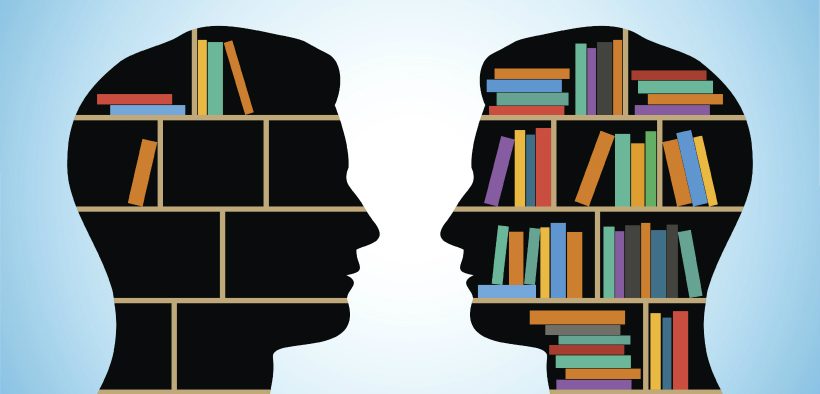Now that many of us have moved to a hybrid or online format, the conversation around student-to-content and student-to-student engagement has taken on a new level of significance and intention. We have developed a reading graphic organizer (RGO) that increases students’ reading comprehension, assesses their out-of-class work, and develops student-to-student interaction in both face-to-face and online classes.
Increasing Reading Comprehension and Student Engagement, Face-to-Face and Online

Related Articles
I have two loves: teaching and learning. Although I love them for different reasons, I’ve been passionate about...
Active learning is a mostly meaningless educational buzzword. It’s a feel-good, intuitively popular term that indicates concern for...
Perhaps the earliest introduction a student has with a course is the syllabus as it’s generally the first...
Generative AI allows instructors to create interactive, self-directed review activities for their courses. The beauty of these activities...
I’ve often felt that a teacher’s life is suspended, Janus-like, between past experiences and future hopes; it’s only...
I teach first-year writing at a small liberal arts college, and on the first day of class, I...
Proponents of rubrics champion them as a means of ensuring consistency in grading, not only between students within...







